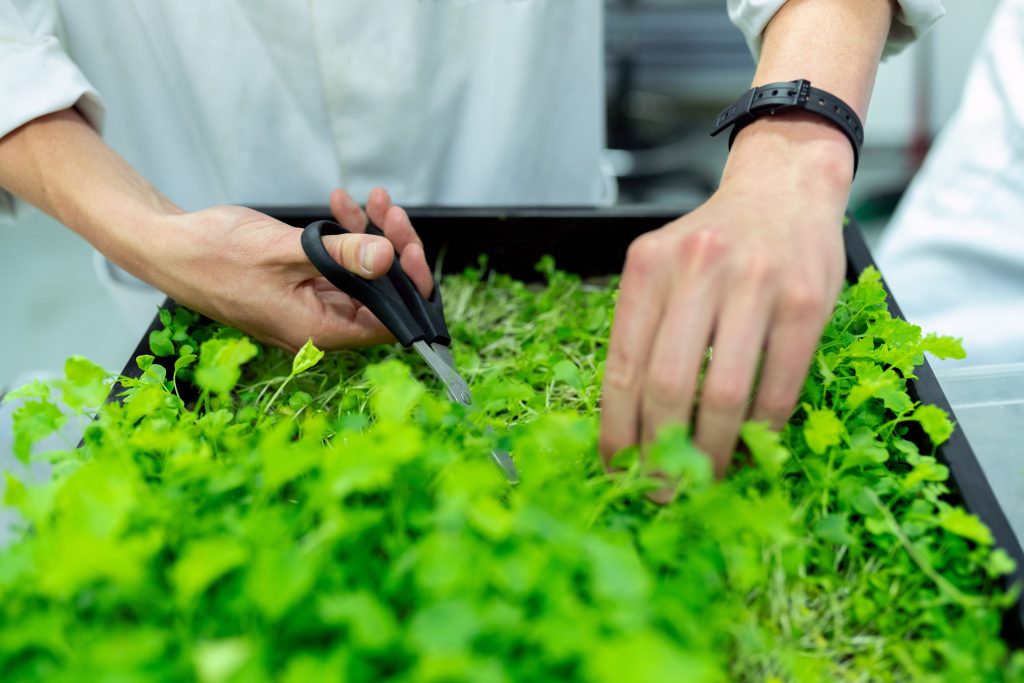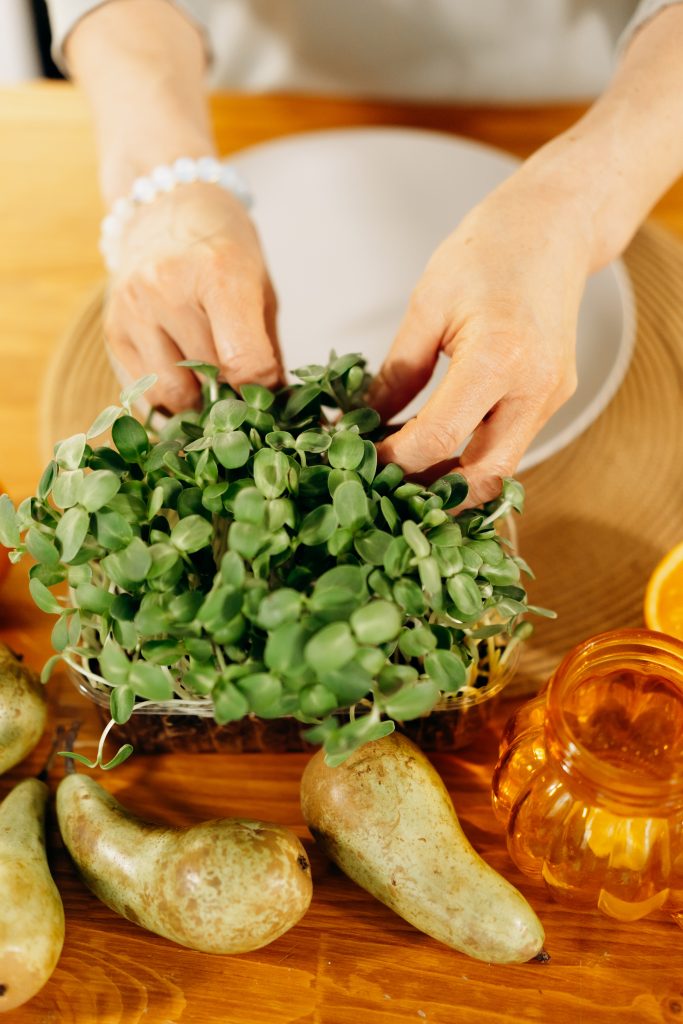
Urban Agriculture Made Simple – Part 1
Revolutionary farming is taking place globally and according to scientists this could not have come at a better time. The world population is growing rapidly in a time were water and food security are under enormous pressure.
The Urban Farming Revolution
Viewed from outer space, the destruction of planet earth is clearly visible. Years of abusing natural resources are catching up with us. Fortunately, more and more ordinary people living in small spaces, both in towns and large cities, are becoming part of a self-sustainable society. Some even make a living out of selling the fruits of their labour to neighbourhood shops and markets.
What can you grow in your small urban garden or room that will secure a second income or even open doors to bigger farming opportunities? You might just want to get into it for health reasons or to sustain your family. You might even want to help the poor or do it as a community project. The good news is that it is possible to do it on a small budget with or without electricity.

Micro-farm for micro-greens
Micro-greens, as the name suggests, are vegetable greens harvested after the cotyledon leaves have developed. They are considered a super food and are used as nutritional supplements that can also add flavour, texture, and visual excitement to a dish. You can micro-farm almost all greens. They appear delicate but they are fuss-less. micro-greens are 9 times more nutritional than their mature counter parts! This fact alone makes them extremely desirable.
With water and electricity being so expensive in South Africa can it actually be viable?
Micro-greens grew in popularity the last 5 years and even though you need water and electricity (optional), the daily cost of micro-greens is much lower than growing mature greens. Used in meals, they are considered to be aromatic and rich in flavour. They can be grown from herbs, flowers, and vegetables.
What you need to start:
* Grow Medium (potting soil, compost mixes or Coco peat depending on your crop. Coco peat and perlite mix is most versatile and best if you want to avoid diseases.
* Planting trays
* Seeds (The seeds are exactly the same as a regular crop seed it just gets harvested in the period in-between the sprout and a mature plant. You need natural untreated, non-GMO seeds)
*An indoor room or hothouse of about 20 squares or even less. (Most people prefer the indoor rooms because it is easier to control the light and temperature.)
* Artificial lights if you have a really dark room. (Led lights are the most cost-effective.)
* A primitive vertical system is fine to start with. Enough vertical shelves to fit your choice of potting trays. Some workspaces for planting and harvesting.
* Harvesting crates
* Washing table
* Relevant tools for watering your sprouts if you have no micro watering system.
* Relevant tools for mixing, planting, and harvesting.
Positives:

This type of farming aligns with the health and wellness industry and that gives you an instant door to a global market that is worth about 4 trillion dollars. Clean eating is fashionable and micro-greens is one of the healthiest foods on the planet. This market is young and fresh, and it can only grow more popular as people become more health conscious.
It takes up a little space and it is easy to grow. It has high profit margins so that means a quick return on your investment and real potential to make big money long-term. Depending on your crop you can harvest between 7 and 21 days. The duration is also influenced by the temperature of the environment.
All the info you need to start this business are right at your fingertips through various groups and U-tube channels that literally feed you all the relevant information. You can purchase affordable ready-made systems online or build your own system from scratch. Most urban micro-farmers start small and primitive.
According to Growzit, if you use a four-rack system in South Africa and you have a 6 square meter growing area per 2-week crop cycle. The average price per kg is R500 and that is a valuable return on your investment. You do not need expensive equipment. Outdoor growers can build a basic hoop house for approximately R300 per square meter.
You can grow almost any green, but a few popular MGs are:
Sunflower shoots (health industry) lower market value but you can sell high volumes
Pea shoots (health industry) lower market value but you can sell high volumes
Radish, pea tendrils, blood beet (culinary) higher market value but you can sell less volumes
Wheatgrass (culinary)
Salad mix, Chive, Amaranth Arugula, Beets, Broccoli, Cabbage, Kale, Pak-Choi (everyday use)
Difficulties:
Starting and growing any business takes hard work and dedication no matter how viable the market is.
Micro-greens take time and care. So, you need to be on it and in close facility of where you grow them. They need special attention and care. You will have various tasks to complete every day if you aim to have multiple harvestings a week.
You will eventually need a business partner or family member to help you out to prevent you from burnout.
You will have to face consistent rejection because everybody won’t be interested in your product. You will make mistakes – rectify them and move on.
Fortunately, the cost of this learning curve will not be that much and you will be able to start again without breaking the bank.
